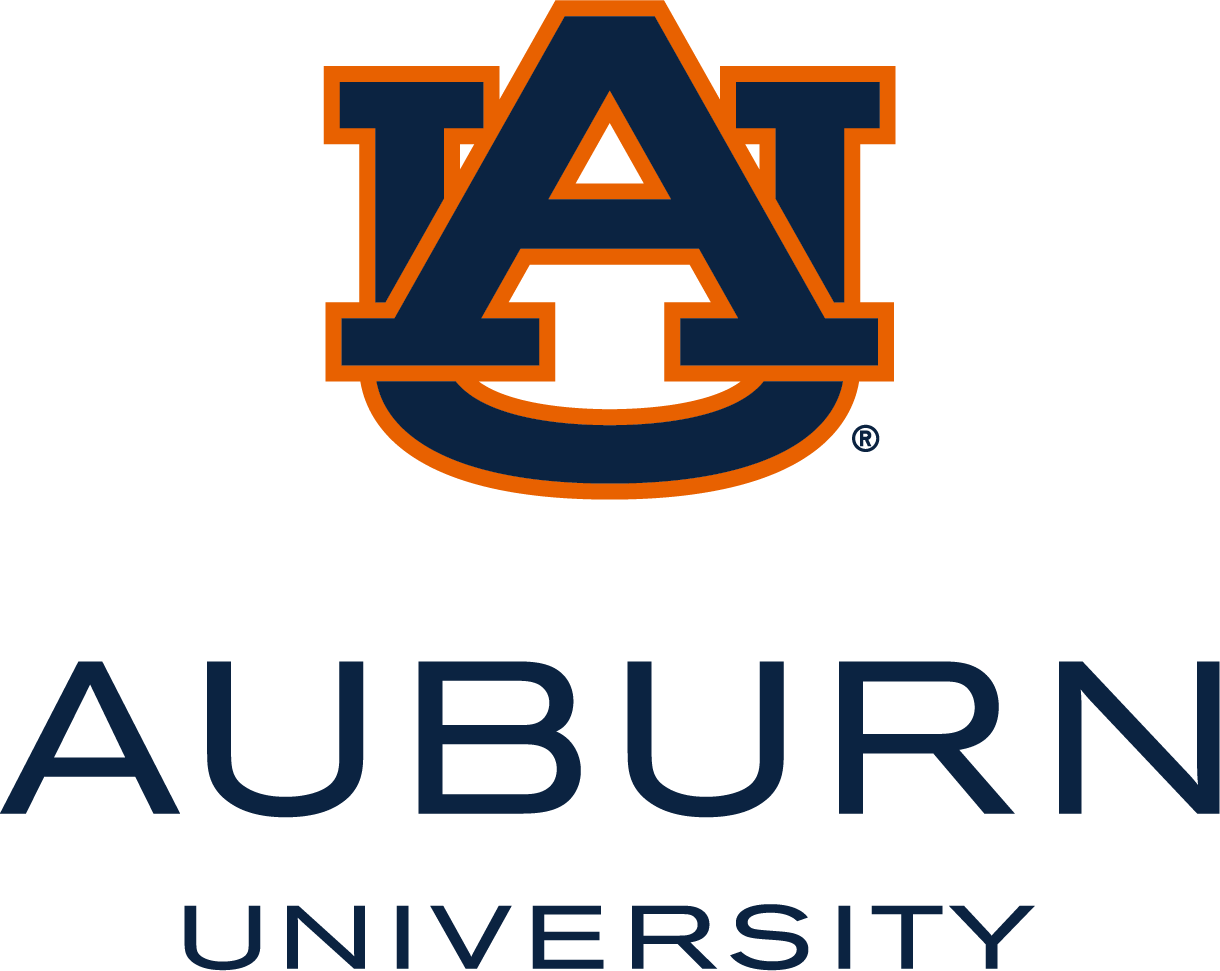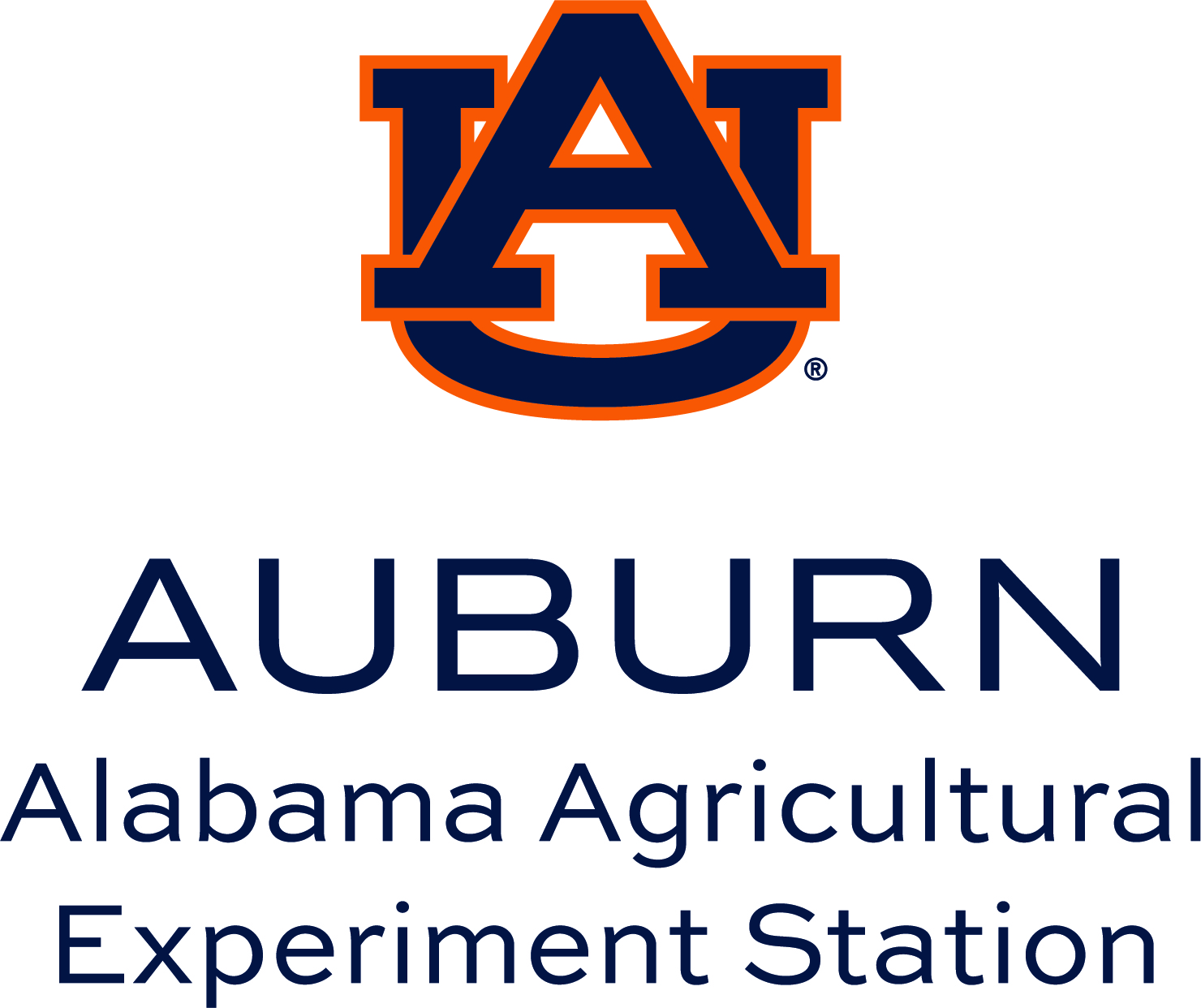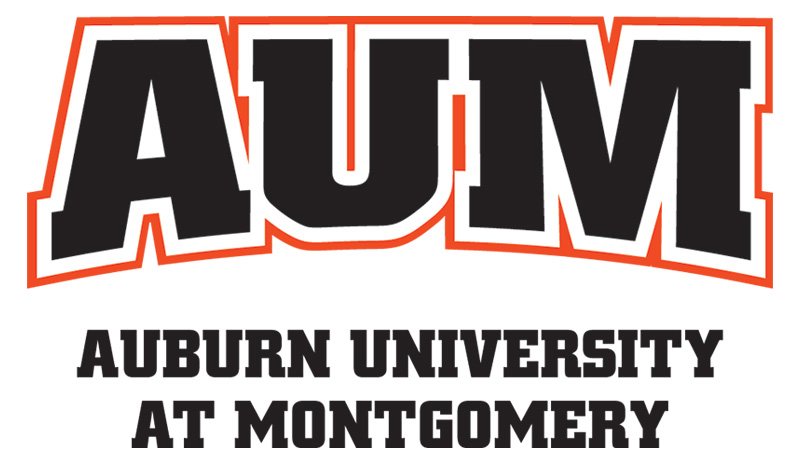This rule impacts everyone at Auburn University. Select each group below to see how.
-
Faculty, who must ensure that course materials, learning platforms, and departmental websites are accessible to all students.
-
Staff / Professionals, who rely on digital tools for HR, finance, communications, and operations.
- Students, who deserve equal access to academic resources, registration systems, and campus life-regardless of ability.
-
Auburn Family, including visitors, alumni, and the public, who engage with Auburn through outreach programs, public services, and online resources.
The 2024 Final Rule under Title II of the ADA places a vital responsibility on faculty to ensure that all students—especially those with disabilities—can fully access and engage with course content and digital learning environments.
Faculty must ensure that all instructional materials meet accessibility standards, including:
- Lecture slides, syllabi, PDFs, and videos
- Multimedia content with captions and transcripts
- Documents formatted for screen readers and other assistive technologies
Faculty are expected to use platforms like:
- Canvas (Learning Management System)
- YouTube and Panopto (Video platforms)
- Third-party tools and apps (UDOIT, WAVE, WebAIM, etc.)
To meet these requirements, faculty may need to:
- Participate in accessibility training
- Collaborate with instructional designers in the Biggio Center, IT staff, and Accessibility staff
- Integrate accessibility tools and practices into course design and delivery
The requirement extends beyond the classroom—it also transforms how Auburn University employees create, manage, and deliver digital content and services. Staff and administrators play a critical role in ensuring Auburn’s digital environment is accessible to all.
- Accessible Work Products: Staff are expected to create accessible documents, reports, and materials used in daily operations. This includes ensuring that PDFs, spreadsheets, presentations, and e-mails are formatted to meet accessibility standards—such as using readable fonts, proper heading structures, and alternative text for images.
- Equal Access to Workplace Systems: The rule ensures that current and prospective employees can access:
- HR systems and internal portals
- Training platforms and onboarding materials
- Job postings and application systems
The U.S. Department of Justice’s 2024 Final Rule under Title II of the ADA ensures that all students—regardless of ability—have equal access to the digital tools and resources essential to their success at Auburn University. Students must be able to independently access:
- Course materials (e.g., captioned videos, screen reader-compatible documents, and readable PDFs)
- Registration systems and financial aid portals
- Campus apps and online services that support academic and student life
This rule ensures that students with disabilities can fully engage in the Auburn experience—from the classroom to campus events. It also strengthens access to support services, including disability accommodations, advising, and mental health resources—ensuring students can get the help they need, when they need it.
Student Organizations must also ensure that their email communications, social media posts, and other digital content meets WCAG standards to be available to all students, regardless of ability or disability.
Roles
For communicators—those who craft, publish, and manage Auburn’s digital presence—this ruling ensure content is created consistently.
Communicators must ensure that all digital content—whether it’s a news article, social media post, email, or web page—is accessible to individuals with disabilities. This includes:
- Using alt text for images and graphics
- Ensuring video content includes captions and transcripts
- Structuring content with clear headings and readable fonts
- Designing emails and websites that are navigable by screen readers
- Accessible Work Products
- All admissions websites, marketing e-mails, virtual tours, and application systems must be fully accessible to prospective students and employees.
- All materials used in recruitment campaigns must be accessible to individuals with a range of disabilities, ensuring equitable access to opportunities.
- Social media posts must contain alt text on images, descriptive text and links in the captions, and captioned videos.
- Ensure compliance with digital accessibility in marketing and recruitment campaigns.
- Online community courses must meet WCAG 2.1 AA standards,
- Check all materials, documents, and videos for accessibility and remediate before publishing.
- Third party vendors must deliver accessible courses and programs to our constituents.
- Registration systems, websites, mobile apps must be accessible to all people.








